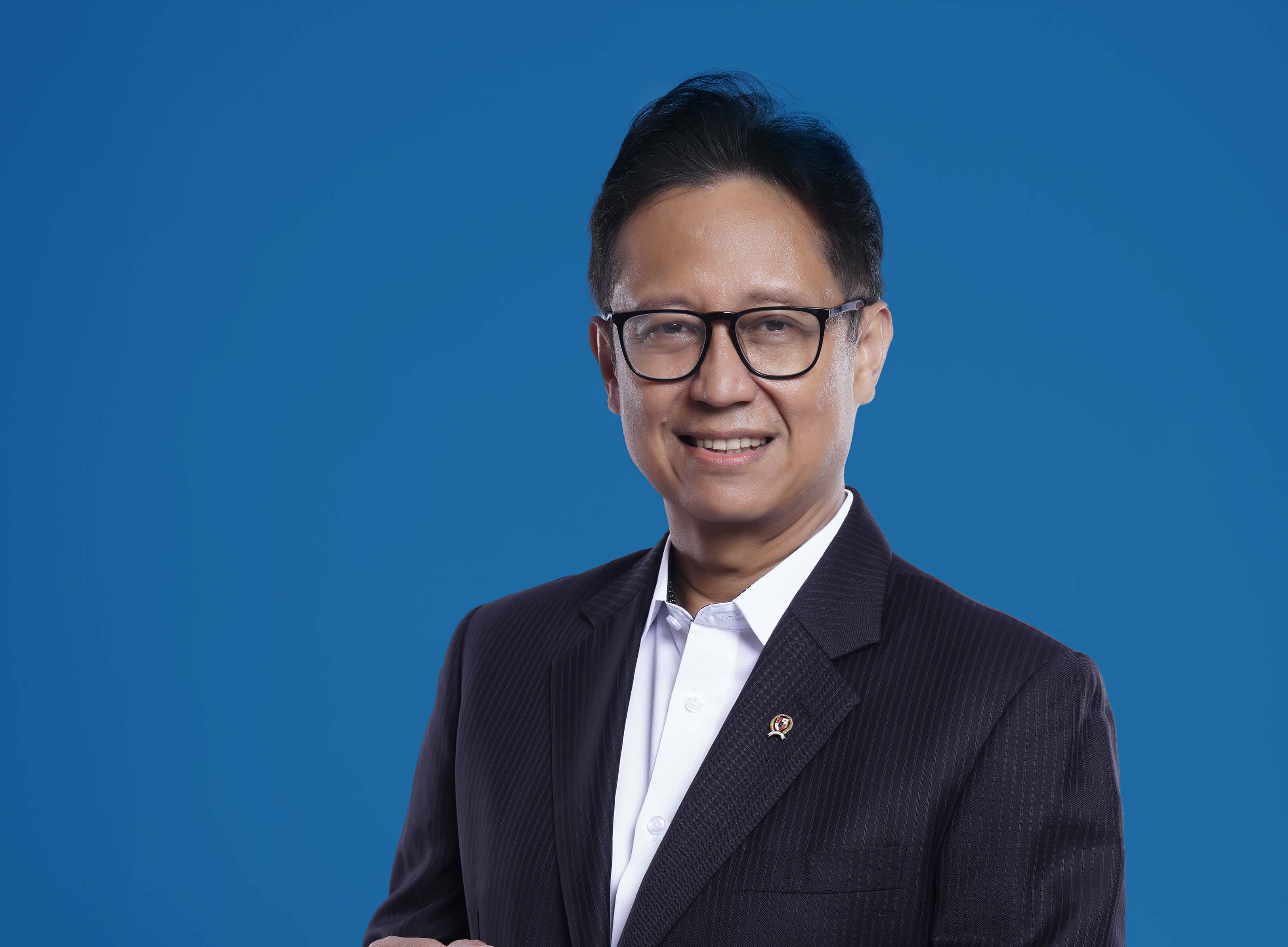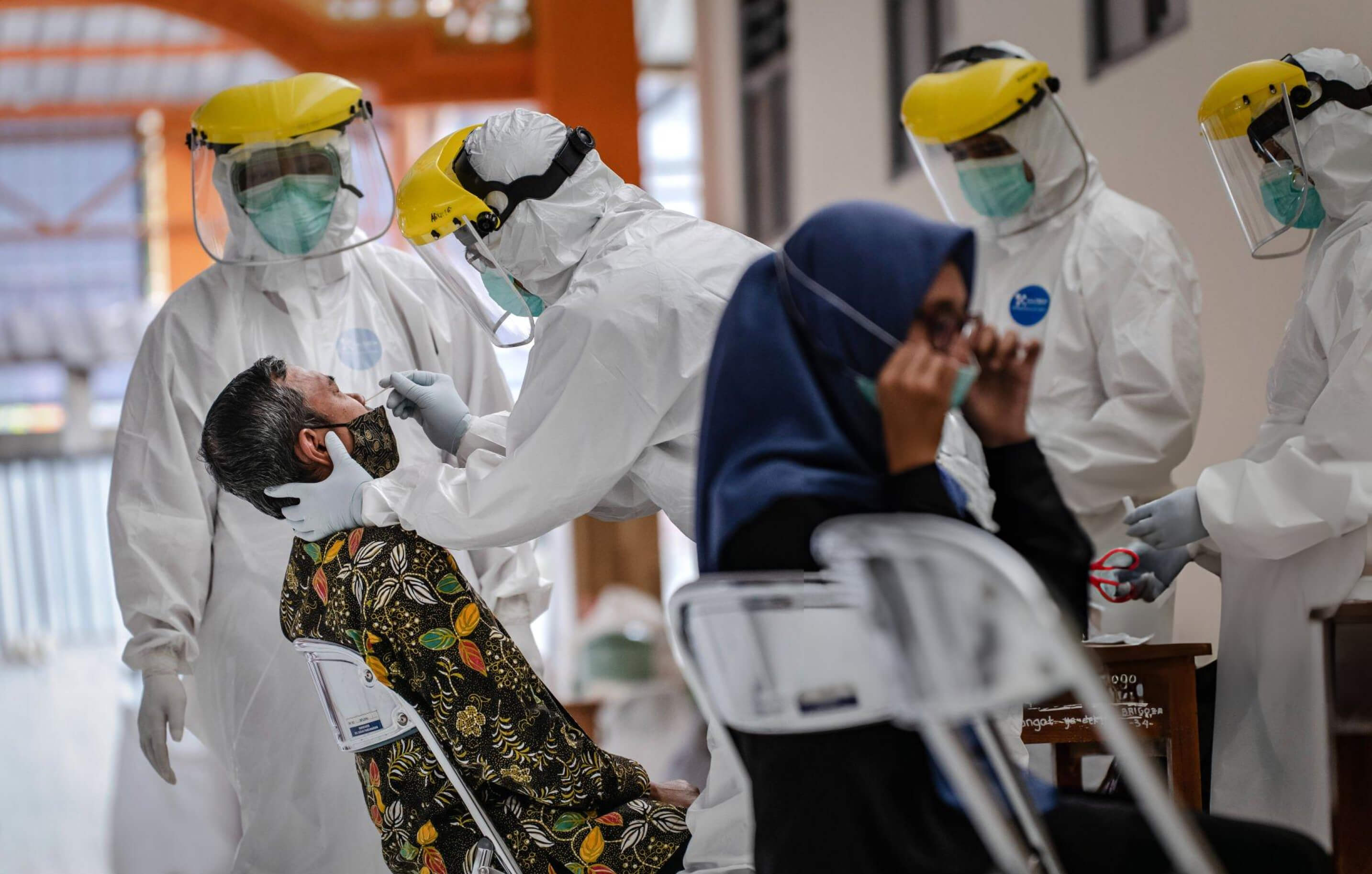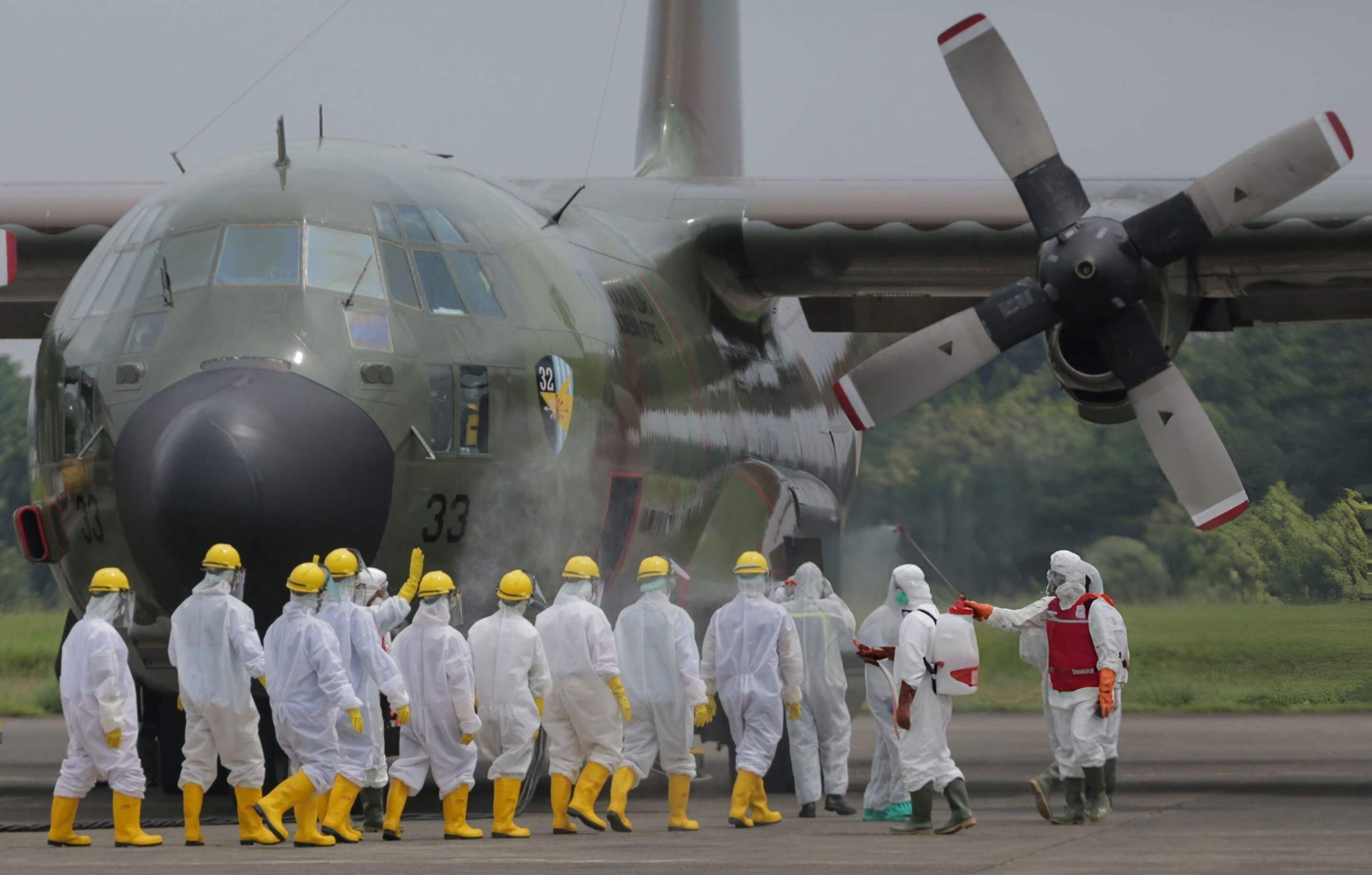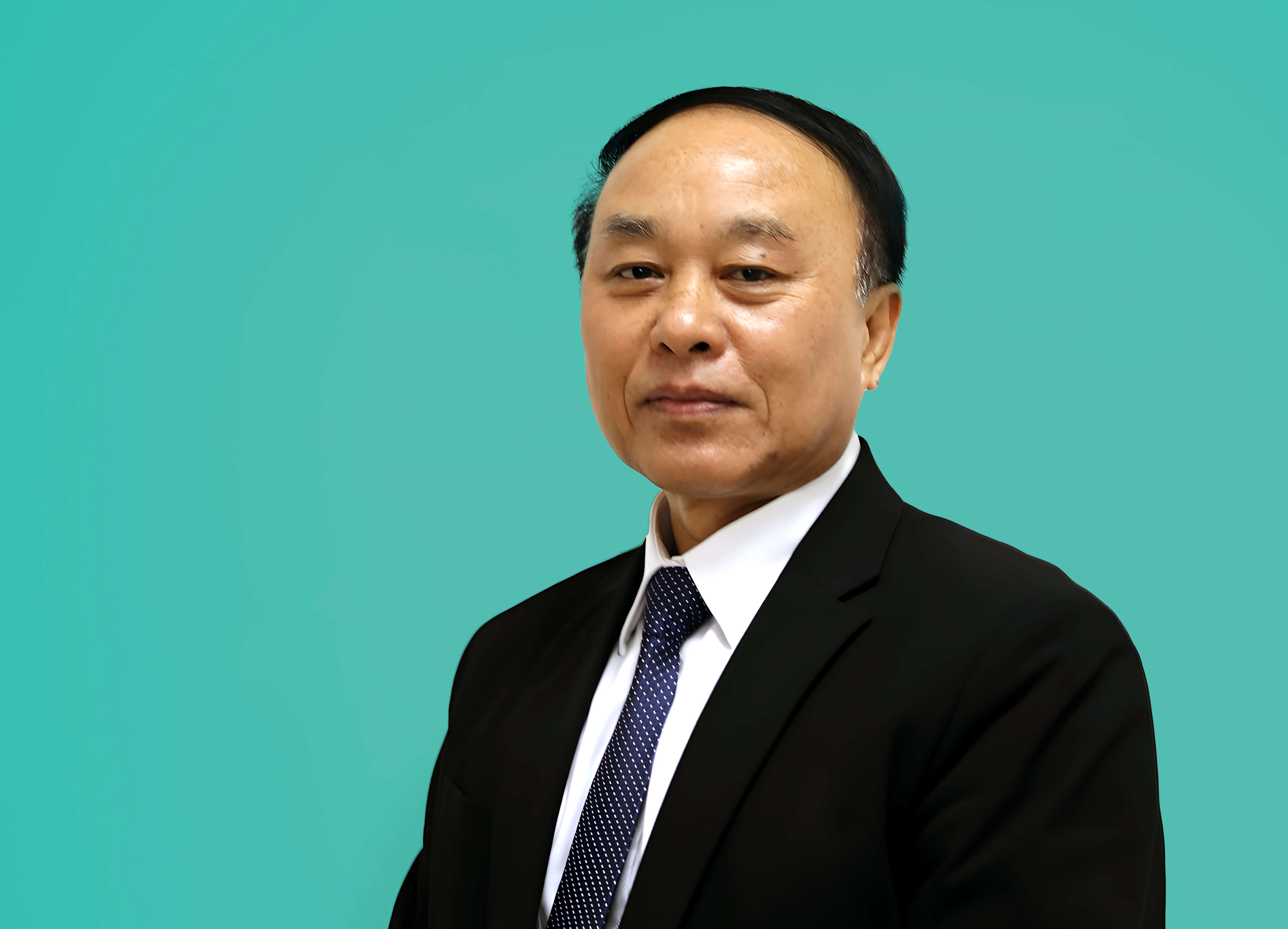


During its ASEAN Chairmanship in 2023, Indonesia advanced the One Health Initiative as a key deliverable. Health Minister Budi G. Sadikin offers invaluable insights into Indonesia's efforts to champion the One Health approach, highlighting its strategic significance and far-reaching implications for regional and global health governance.
ASEAN Member States have committed to establishing the One Health Network and Joint Plan of Action to strengthen cross-sectoral collaboration.
The One Health Initiative aims to define priority health threats to humans, animals, plants, and the environment, including zoonotic pathogens that cause outbreaks and those with pandemic potential. In the health sector, one of the notable achievements made thus far is the adoption of the ASEAN Leaders’ Declaration on One Health Initiative at the 42nd ASEAN Summit on 10 May 2023 in Labuan Bajo, Indonesia. ASEAN Leaders aim to go beyond zoonotic pathogen identification and advocate for investment, research, and development in pandemic prevention, preparedness, and response (PPPR) activities.
Southeast Asia is characterised as a global hotspot for emerging and reemerging infectious diseases. As the 2023 ASEAN Chair, Indonesia remains committed to the operationalisation of the ASEAN Centre of Public Health Emergencies and Emerging Diseases (ACPHEED), which would serve as a hub to strengthen regional PPPR capabilities. This is a crucial step forward to improve global health governance through international instruments and/or amendments to the International Health Regulations. We must adhere to equity and fairness principles. We must acknowledge the need for timely sharing of information on pathogens with pandemic potential. Yet, we must also recognise the need for a fair and equitable sharing of benefits arising from there.
As the declaration states, the ASEAN Member States recognise the need for a multi-sectoral and collaborative approach towards health risks. How do you envision the national and regional strategies needed to build stronger and more resilient health systems in the region? How should these new approaches be integrated with the health sector’s existing mechanisms at regional and national levels?
At the national level, Indonesia’s Ministry of Health has formed a team consisting of experts from various sectors to ensure the country’s health resilience and the availability of medical personnel, including logistical supplies. The health resilience programme requires investment to build the pharmaceutical and medical device industry in the country. Efforts made by the Ministry of Health include increasing Foreign Direct Investment (FDI) and cooperation for the pharmaceutical and medical device industries. The collaboration carried out includes joint ventures, technical assistance, research and innovation as well as technology transfer for high-technology products so that they can be produced domestically.
At the regional level, we need to shift towards preventive action rather than reactive efforts to boost our health resilience. Therefore, at the ASEAN Finance and Health Ministerial Meeting in August 2023, we discussed regional strategies to achieve a resilient health system that centres around the PPPR approach through innovative financing. This will be achievable with the operationalisation of the ACPHEED in Indonesia, Thailand, and Viet Nam. ACPHEED will be ASEAN’s concrete diplomatic effort to integrate health standards and protocols across ASEAN countries. This strategy will help ASEAN countries to collaboratively prepare for future emerging diseases in the region. In addition, the existence of APCHEED will help synergise the best methods and procedures in PPPR from countries that have succeeded in reducing the number of sick people towards member countries that are still unable to reduce outbreak cases.
Furthermore, I believe that existing funding mechanisms such as COVID-19 and Other Public Health Emergencies and Emerging Diseases ASEAN Response Fund can be innovated to further aid the regional strategies that have been established. This funding mechanism provides financing support to ASEAN Member States in the detection, control, and prevention of COVID-19 transmission. We have also been using the fund to boost the safety of medical professionals, healthcare workers, frontline workers, and the wider population from ASEAN Member States.
The Asian Development Bank (ADB) has conducted the study in consultation with the WHO and other ASEAN Sectoral Bodies and Entities to provide an initial assessment of the regional financing gaps and analyse existing international and regional mechanisms for PPPR. ADB states that there is a 7.6 billion US dollar gap in regional PPPR financing and highlighted the need for a dedicated funding source. ADB suggested considering how the updated fund could be used, particularly given the results of their analysis, by exploring potential financing modalities for a regional financial facility through the utilisation of the existing COVID-19 and Other Public Health Emergencies and Emerging Diseases ASEAN Response Fund. The usage of existing funding mechanisms could ensure a strengthened and sustainable regional architecture for pandemics and other public health emergencies and emerging diseases. ASEAN needs to discuss further a well-structured financial architecture of the fund to ensure its resources are effectively managed and utilised, the mobilisation of sustainable financial and technical support, as well as the overall fund management.

What are the most important lessons learned and good practices from the region’s response to the COVID-19 pandemic or responses to other health threats that support One Health?
We learned from the COVID-19 pandemic that the resilience of our global health security architecture depends on the existence of sustainable financing. The thing is, while financial crises happen every ten years, health crises can happen anytime; they can happen tomorrow or 50 to 100 years from now. Now, our challenge is to make sure that the health architecture is well prepared for the next health crises for our next generation.
On healthcare financing transformation, the financial preparedness for future threats must be ready at all times. We need a commitment to long-term sustainable financing because the cycle is long.
There is a need for a dedicated funding source that will:
i. allow a quick response to emerging health threats;
ii. demonstrate a long-term commitment to health security; and
iii. facilitate participation in global health protection efforts.
First, on quick response. In the battle against pathogens, we differentiate between “peacetime” and “wartime,” depending on the emergency level of a given situation. “Peacetime” refers to periods when no public health emergency is occurring, during which we can focus on prevention and preparedness efforts. Conversely, “wartime” denotes times when a public health emergency arises, requiring us to execute rapid and timely responses to prevent the emergency from escalating. In my perspective, these distinct situations require different approaches, especially regarding the mechanism for disbursing funds. During “peacetime,” PPPR funding should adhere to a standard decision-making process, typically guided by a long-term strategic plan and regular governance. “Wartime” demands reserved funding and a special mechanism to expedite funding disbursement in a timely manner that is enough to curb an emergency from progressing. This mechanism for rapid fund disbursement should be activated when the risk of delaying outweighs the risk of rushed disbursement.
Second, on the long-term commitment to health security, Indonesia maintains the perspective that we need to be prepared financially and to have enough in our war chests, both to prevent and prepare during “peacetime,” and reserved funding to respond during “wartime” against pathogens. These require ASEAN to welcome funding from a variety of avenues, including voluntary contributions, donations and grants from donors, loans, and technical assistance from multilateral development banks, private sector funding and expertise, and philanthropic grants. We also need to explore a contingent loan facility, dedicated to PPPR financing.
Third, on facilitating participation, I believe inclusivity will only fortify our endeavours. Indonesia welcomes multilateral organisations like the WHO and multilateral development banks as integral partners in the governance of the dedicated funding. Their expertise and collaboration will elevate regional health security strategy. Furthermore, on the financing modalities, we do not need to start from scratch. We can consider the opportunity presented by the existing funding mechanism in ASEAN, which has the capacity to extend beyond its initial purpose and evolve into a single pool of funds capable of addressing diverse financial gaps.

The One Health Initiative proposes further engagements with other relevant sectors and external partners involved with initiatives on agriculture, food, forestry, and the environment. What challenges and opportunities do you see as the ASEAN Health Sector commences this latest endeavour?
Engaging relevant sectors and external partners involved in the initiatives on agriculture, food, forestry, and environment as part of the operationalisation of the One Health initiatives is the course of action that we are trying to pursue. Firstly, the challenge that we need to address in this particular context is that not every sector has attached the same level of priority to the One Health approach or initiatives and their implementation, which are reflected in different prioritisations, programmes, activities, and funding. It is also critical to bring all these priorities into alignment with one another so as to put every sector and every stakeholder on the same page before setting out on our collective efforts and directions to achieve our shared goals. However, we are confident that by identifying these challenging areas and the critical gaps to be addressed, we will be better positioned to map out the necessary resources, capacity and capability to build a more resilient regional health architecture.
To ensure an effective alignment and coherence of priorities, targets and activities across different sectors, and as mandated by the Declaration, we are currently laying the groundwork for establishing the ASEAN One Health Network and ASEAN One Health Joint Plan of Action. Furthermore, the details of these initiatives will be supported by the Comprehensive Analysis of One Health Implementation in ASEAN to ensure that ASEAN Member States’ workplan suits everyone’s interests, capacities and capabilities, and past experiences. We do hope that the adoption of the ASEAN Leaders’ Declaration on One Health Initiative and the notation of ASEAN One Health Network and ASEAN One Health Joint Plan of Action can generate great momentum for all of us and serve as a driving force to galvanise all relevant sectors into building a better One Health collaboration.








